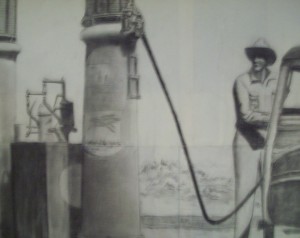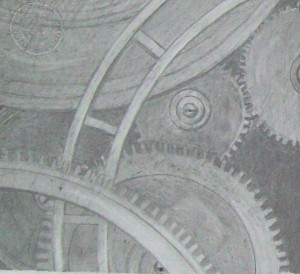
Drawing, as an objective, for many of the old masters was to take from their models the maximum of information for future use. They were not trying to create a work of art. For them, they were simply recording facts or experimenting in an informal way with a problem. They were aware of the facts that they would need for a future painting. Observation for them was given a reason and an impetus: the drawing gained clarity and purpose. As artists, we can think of a similar compulsion for ourselves – even if it is only the desire that tomorrow, or someday in the future the drawing will continue to demonstrate that it means something and has purpose.

An artist that truly enjoys drawing should never avoid something which looks difficult or seek to solve a drawing problem by lowering their standards by doing it with acceptable and conventional methods. We are embarked upon a course of self discipline. When we fall back upon convention to solve our problems, we defeat the end by tempting ourselves to stoop to any self indulgence we can.
A good idea would be to take the time it takes to study drawings by some of the old masters – Durer, Michelangelo, Rubens and others. Also, study some of the drawing of some of the artists of the present. Select whoever you will, there are several on the internet that are phenomenal.
